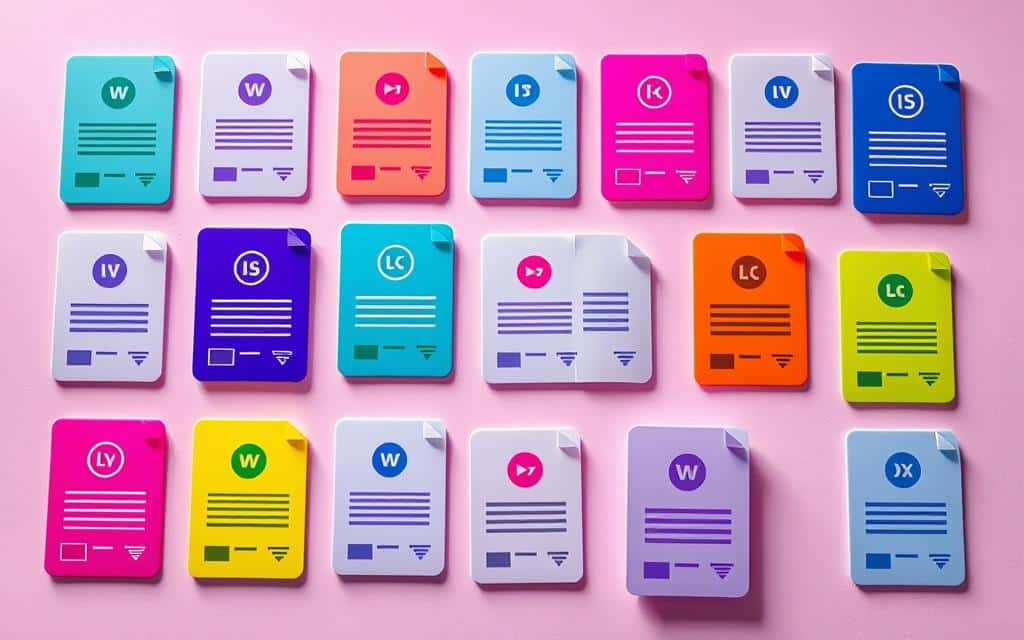creative commons datasets for commercial projects can unlock fast product launches — but only if you know the traps to avoid.
Want data you can ship with no legal landmines? Which licenses let you sell, and which quietly block revenue?
This guide maps common licenses to real product risks. We highlight attribution, share‑alike limits, and privacy issues so your team can move with confidence.
Expect named sources like the World Bank, OpenStreetMap, and Google Ngram Viewer. You will get audit‑ready attribution patterns and release‑proof workflows.
Key advantages: clear license-to-product decisions, practical checks for copyright and public domain status, and step‑by‑step release safeguards.
1. Learn which licenses permit revenue and which do not.
2. Get practical attribution and audit patterns.
3. Identify data that looks open but is research‑only.
Build with confidence in the United States market today
Can your product team prove the rights it needs to ship in the U.S.? Ask this before launch.
What “commercial-ready” really means for data reuse
Commercial-ready means clear rights and predictable obligations. You must know whether you can adapt, sell, or embed the work without hidden approvals.
Do the license terms explicitly allow commercial purposes and distribution in the United States? Check for geography or field limits that might erode your access or rights.
Who changed the dataset and when? Provenance matters. Auditors will require traceable information and changelogs.
- Can you monetize the work and meet attribution rules?
- Are terms stable across updates and mirrors?
- Can your team operationalize attribution in product UI, API docs, and marketing?
- Do contracts and privacy reviews align with the license terms at launch?
| Risk | Quick check | Action |
|---|---|---|
| Unclear rights | Missing provenance | Request source history and written permission |
| Surprise duties | Share-alike or geography clauses | Limit distribution or seek alternate datasets |
| Operational gap | Attribution not automated | Embed templates in product and API docs |

Licenses that unlock or limit commercial use
Before you build, map the license choices that shape product risk and speed.
CC0 and public domain dedication: frictionless use, no strings
CC0 and public domain remove copyright claims. You can copy, modify, and embed the work without attribution duties. That makes them the fastest path to ship a product.
CC BY 4.0: free to use with clear attribution
CC BY 4.0 lets you sell and change the data. You must give attribution and note significant changes. This commons attribution 4.0 model scales well in UI, API, and docs.

ODbL and ODC-BY: database rights and share-alike
ODbL allows commercial use but forces share‑alike for redistributed databases. ODC‑BY drops share‑alike and keeps attribution only. Choose by whether you will redistribute an open database or serve it via API.
NC and ND flags: why they block productization
NC forbids revenue. ND forbids changes. Both stop most product uses. Avoid them if you plan to adapt or sell derived work.
World Bank nuances: CC BY plus dispute rules
The World Bank applies CC BY 4.0 to many records but adds mediation, then arbitration rules. Check their terms of service before relying on a dataset. Track provenance and map obligations to engineering tasks like attribution strings and change logs.
- Quick impact: CC0 = fastest; CC BY = flexible; ODbL = share‑alike; NC/ND = no sale.
| License | Commercial use | Product impact |
|---|---|---|
| CC0 / Public domain dedication | Yes | Embed freely; vet trademarks |
| CC BY 4.0 | Yes | Require attribution and change notes |
| ODbL | Yes | Share‑alike on redistributed databases |
Trusted sources of Creative Commons datasets for commercial projects
Which public sources give clear, ship-ready data and which add hidden obligations? Below are proven sources, exact license posture, and quick caveats you can act on today.
- World Bank Open Data — broad economic indicators under CC BY 4.0. Clean attribution strings, but note mandatory mediation and possible UNCITRAL arbitration clauses on some feeds.
- Government portals (Australia, New Zealand, Italy, UK) — most material is published under CC BY, making access and reuse business‑friendly. Always confirm the licence version on the dataset page.
- DBpedia — structured knowledge under CC BY‑SA. Use with care: share‑alike can propagate into combined knowledge graphs.
- OpenStreetMap — rich geodata under ODbL. You can serve map tiles, but redistributed databases must remain open and ODbL‑licensed.
- Google Ngram Viewer — language trend files under CC BY. Ideal as NLP baselines; attribute and track the exact file version.
- Paleobiology Database — curated scientific records (1.1M+ occurrences) under CC BY 4.0. Good for research and product analytics with clear attribution needs.
- Stack Overflow data dump — community content under CC BY‑SA. Transformations that you redistribute inherit share‑alike duties.
| Source | License | Practical caveat |
|---|---|---|
| World Bank | CC BY 4.0 | Attribution + dispute clauses — log provenance |
| OpenStreetMap | ODbL | Redistributed DBs must stay open |
| DBpedia | CC BY‑SA | Share‑alike affects downstream graphs |
Quick operational tips: confirm the exact license version on the dataset page, centralize attribution metadata, and document access and mirror steps so your pipeline remains reproducible and legally traceable.
Practical compliance: attribution, share-alike, and privacy guardrails
Audit-ready credit lines and segregation rules turn risky data into ship-ready assets.
How will you prove compliance at review? Build an attribution block with: dataset title, author, license name and version, link, and concise change notes.
Place that block where users expect it—UI credits, API docs, and download notices. Log every transformation so you can disclose edits under CC BY 4.0.
Managing ODbL and share‑alike
Keep internal enrichment separate from any redistributed database. If you redistribute an ODbL derivative, keep the database ODbL and publish in open formats.
Microdata and research limits
Treat World Bank microdata as research-only: no commercial use, no identification, and no linking that could re-identify people. Use access controls and approval gates before analysts can touch Licensed files.
- Train users and publish SOPs on attribution and share‑alike handling.
- Avoid NC and ND content in product pipelines—those restrictions block sale and modification.
- Use approval workflows for any dataset with restricted access or special terms.
| Requirement | Action | Outcome |
|---|---|---|
| Attribution | Credit block + change log | Audit-ready disclosure |
| ODbL | Segregate enrichments; keep redistributed DB ODbL | Compliant redistribution |
| Microdata | Access controls; no linkage | Privacy preserved |
Move fast, stay lawful, and ship with clarity
Ship quickly — but only when license checks are in your pipeline. Standardize intake: record license type, version, attribution text, and redistribution duties at ingest.
Favor CC BY 4.0 where you need commercial purposes; use public domain dedication or CC0 when risk is low. Pre‑approve open data sources with counsel and document acceptable license types for your teams.
Bake credit and attribution into product templates so legal review is a formality, not a blocker. Isolate public domain and CC BY materials from ODbL sources to avoid share‑alike cross‑contamination.
Maintain a rights register, run license scanners in CI, and keep change logs to meet commons attribution and attribution 4.0 disclosure steps. Write playbooks for high‑risk domains — health, finance, and location — so you can move fast and stay lawful.